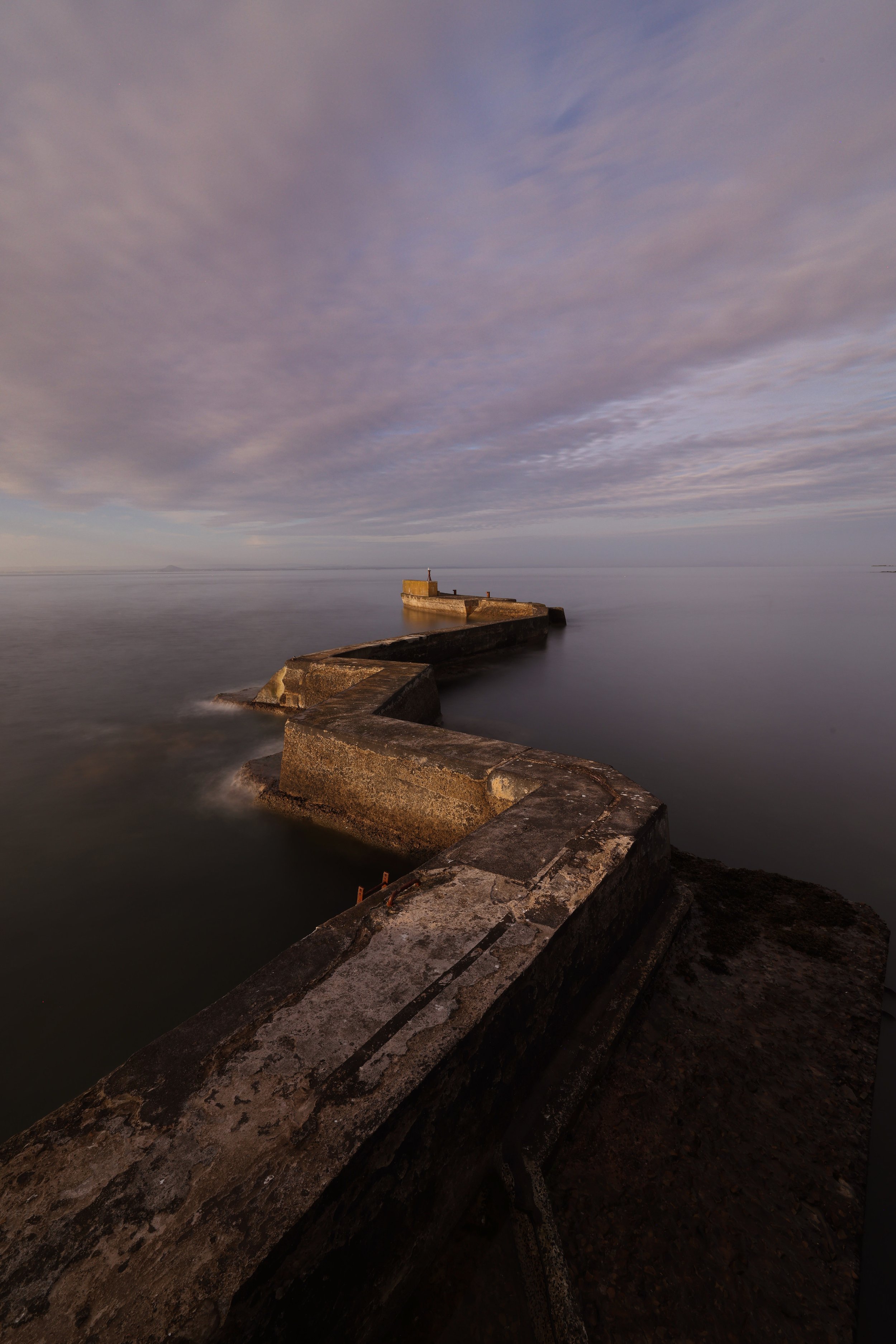Last night at Royston Rockets. Many thanks to the club for letting us get in their way.
An extra one for fun:
UPDATE: Royston Rockets have used the top image in their website banner.

Last night at Royston Rockets. Many thanks to the club for letting us get in their way.
An extra one for fun:
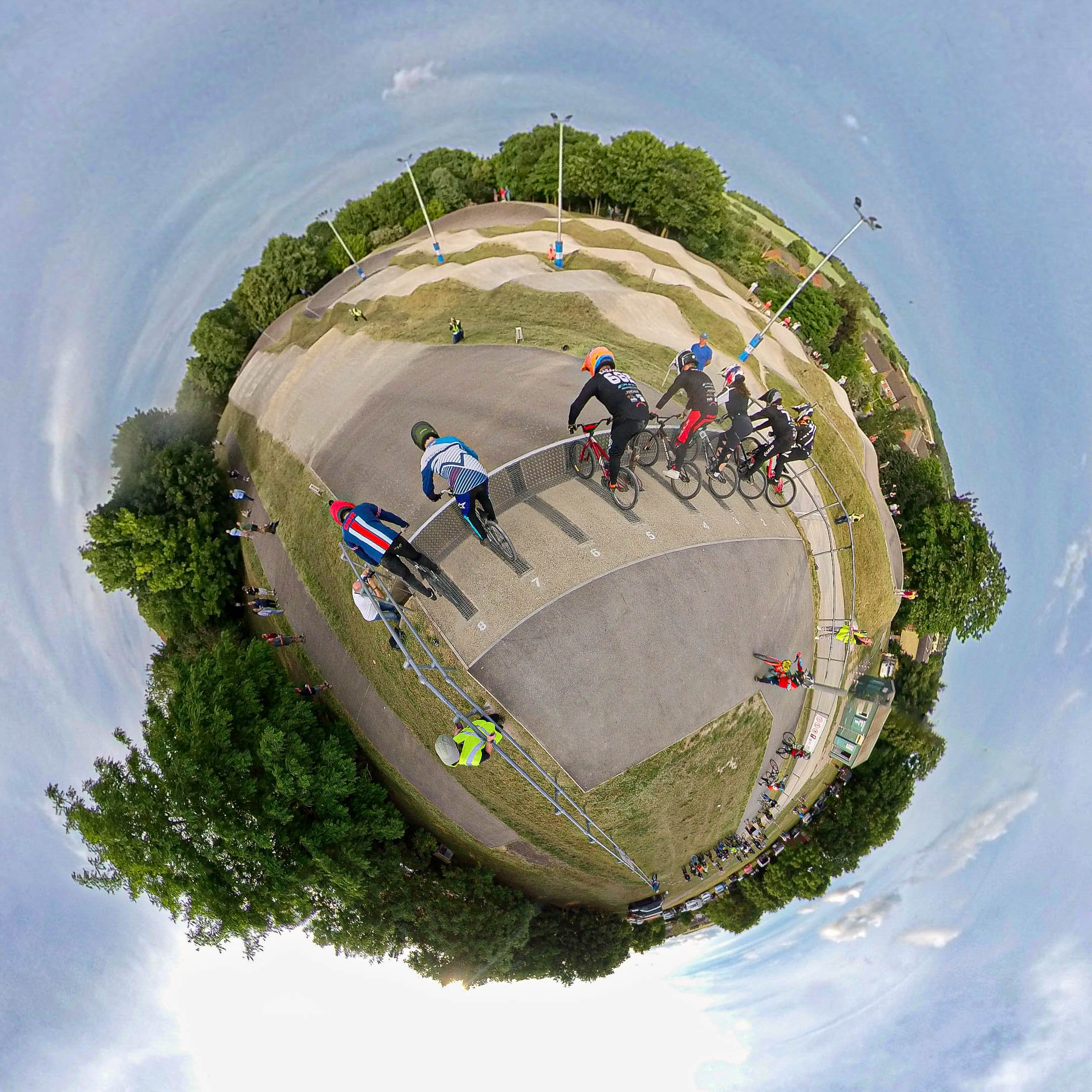
UPDATE: Royston Rockets have used the top image in their website banner.
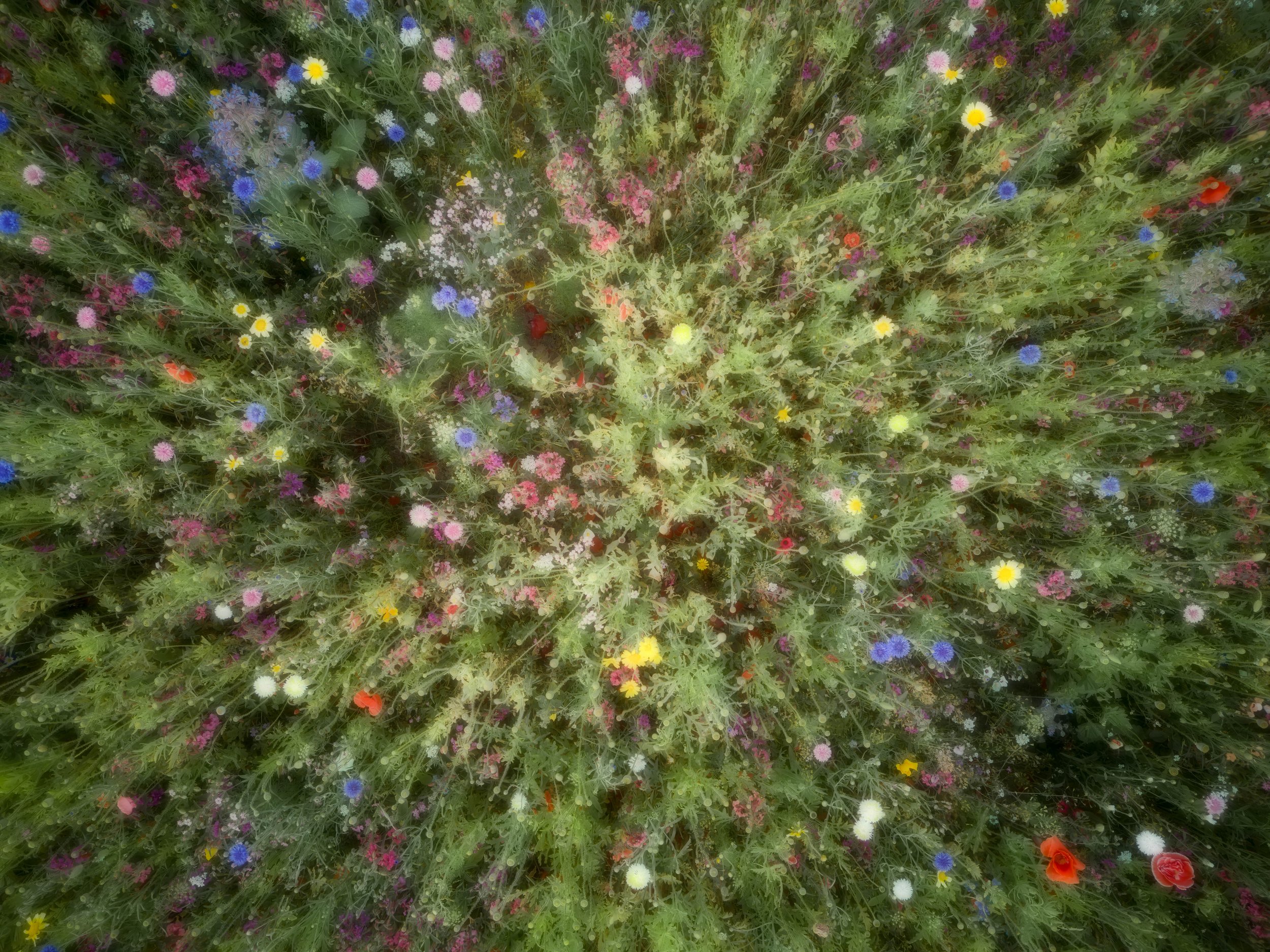
Another experiment. Two identical images. Completely desaturated the green in one. Blurred the other. Layered the blurred colour image behind the desaturated one and set the top image to 45% opacity. Theoretically our brains fit wobbly colour to crisp edges (according to watercolour lessons I had years ago) and this is my finding the point where it starts to not.
Extra one. Double exposure with intentional camera movement on one of them:
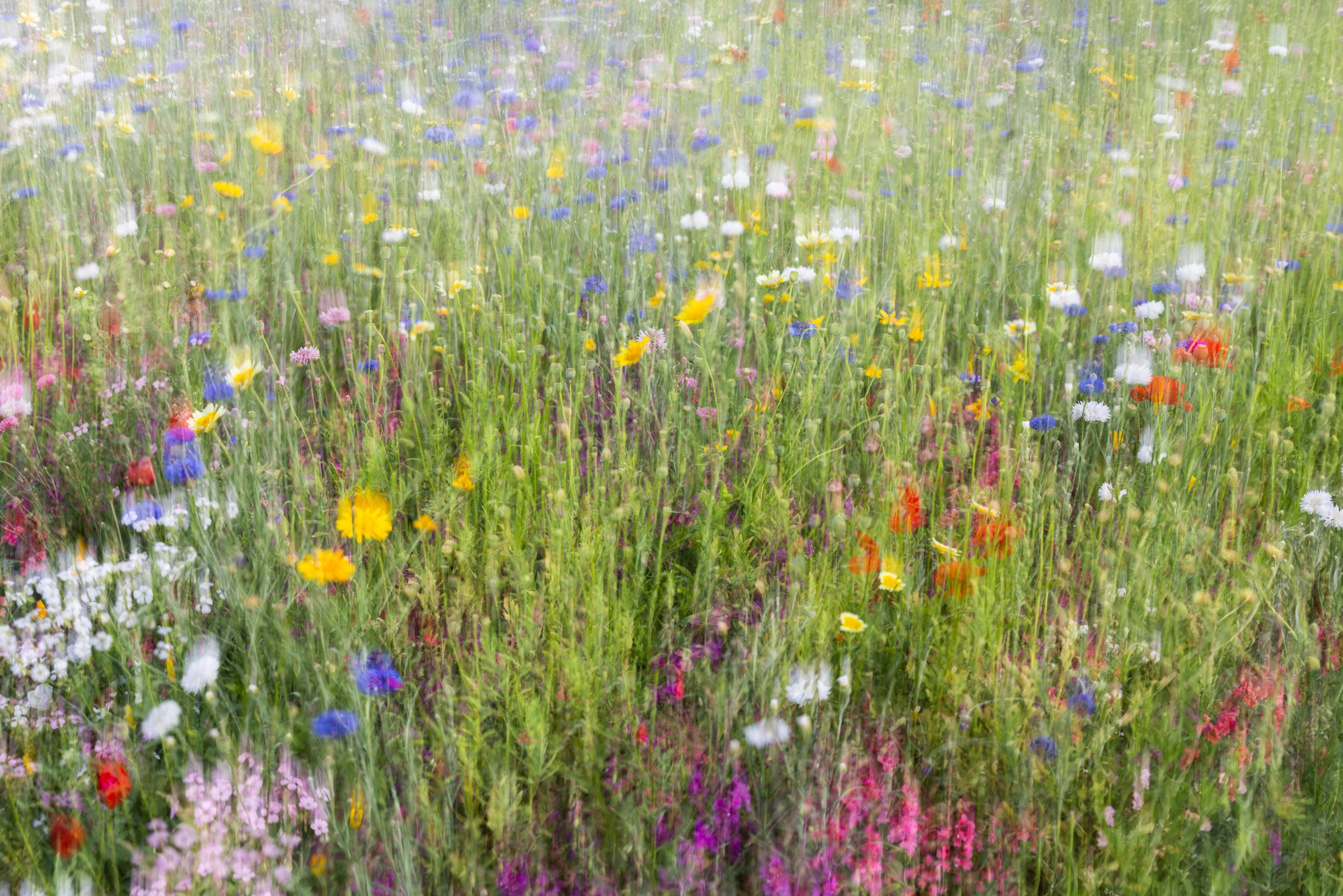
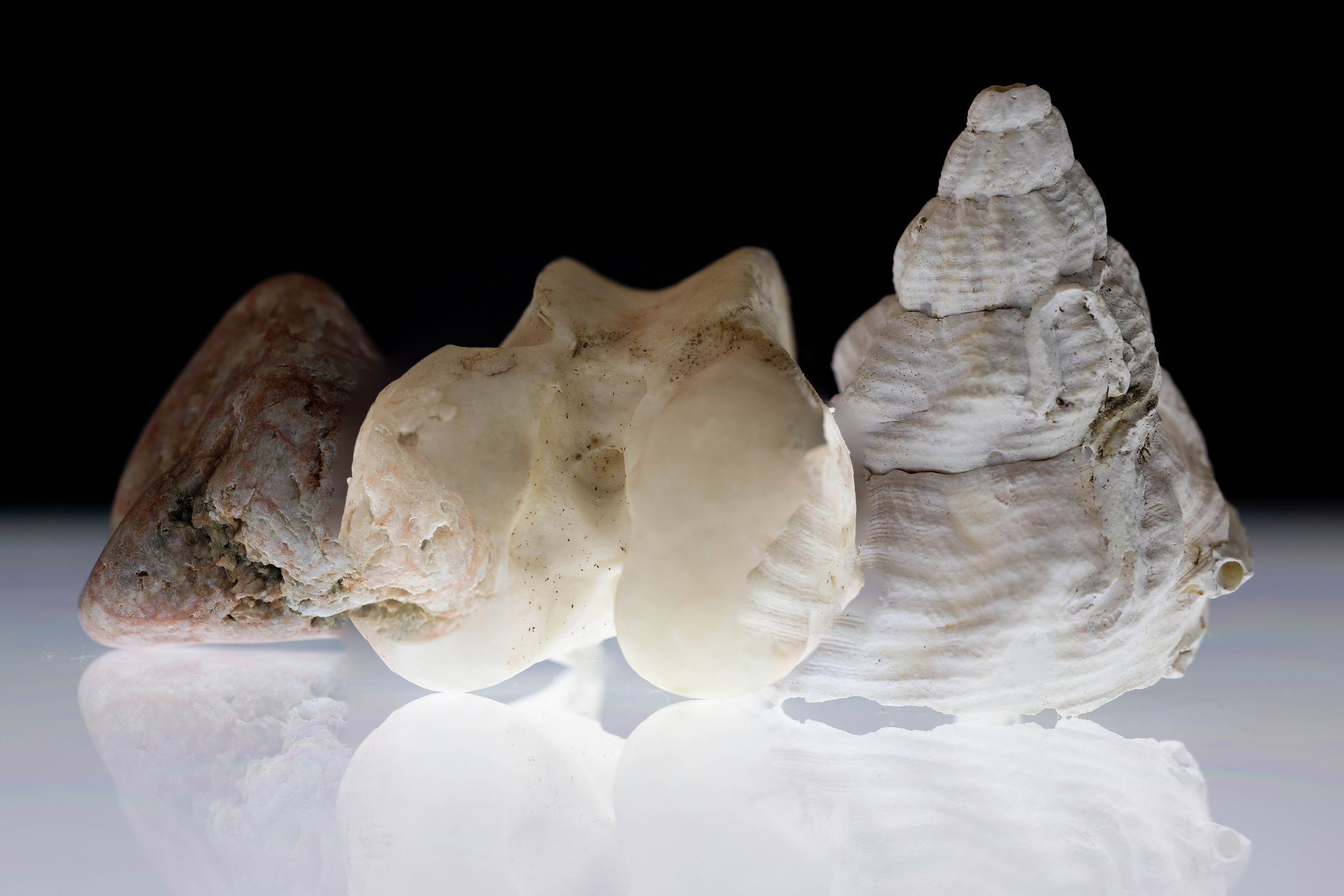
A quick technical experiment for creating multi-exposures without the background diluting the strength of the single-exposure foreground. Because I have a plan for tomorrow night. We’ll see….

(Buckyballs)

Under One Flag
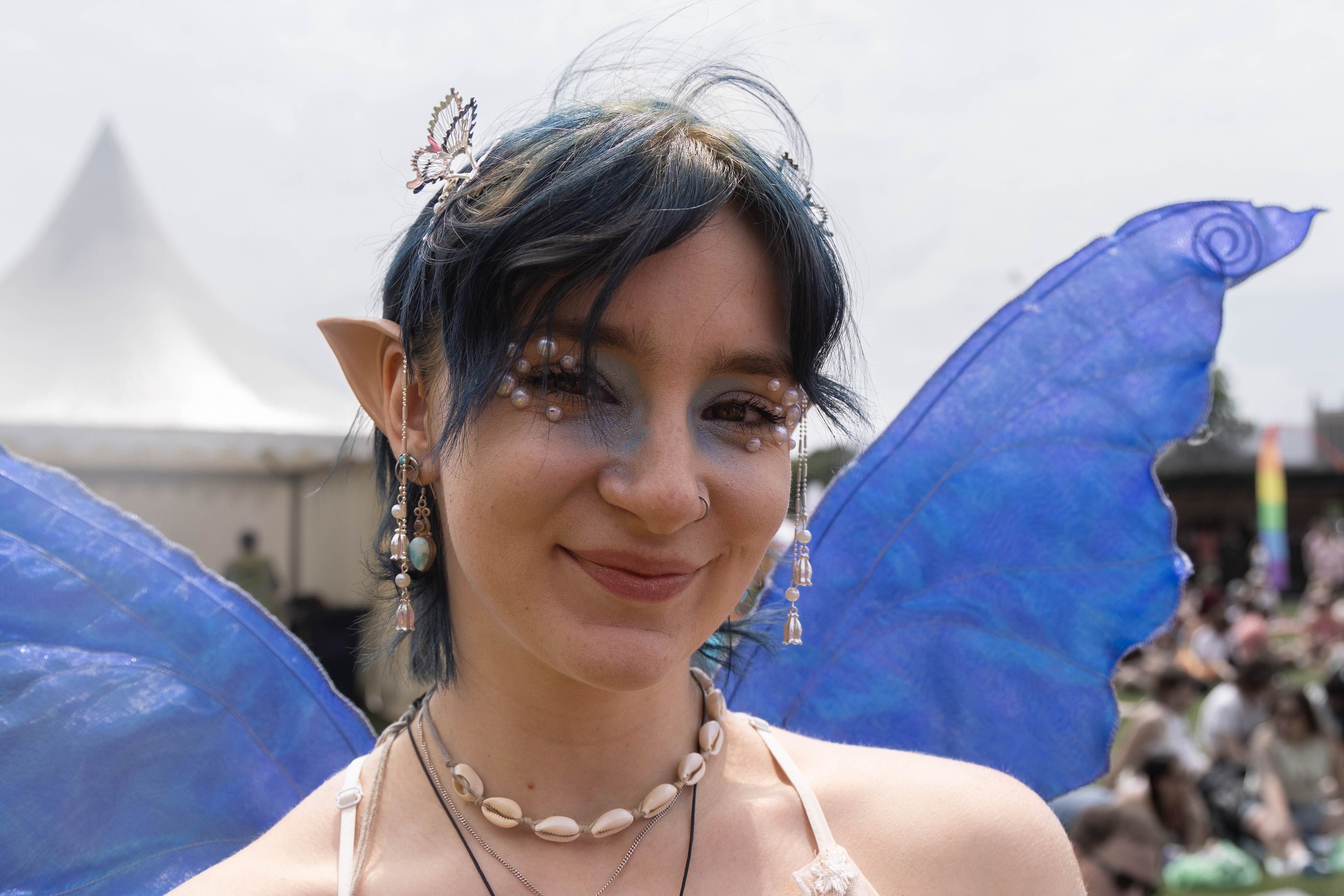
Impish

Free

Like No-One’s Watching

Sliding Into Your Demonic Messages
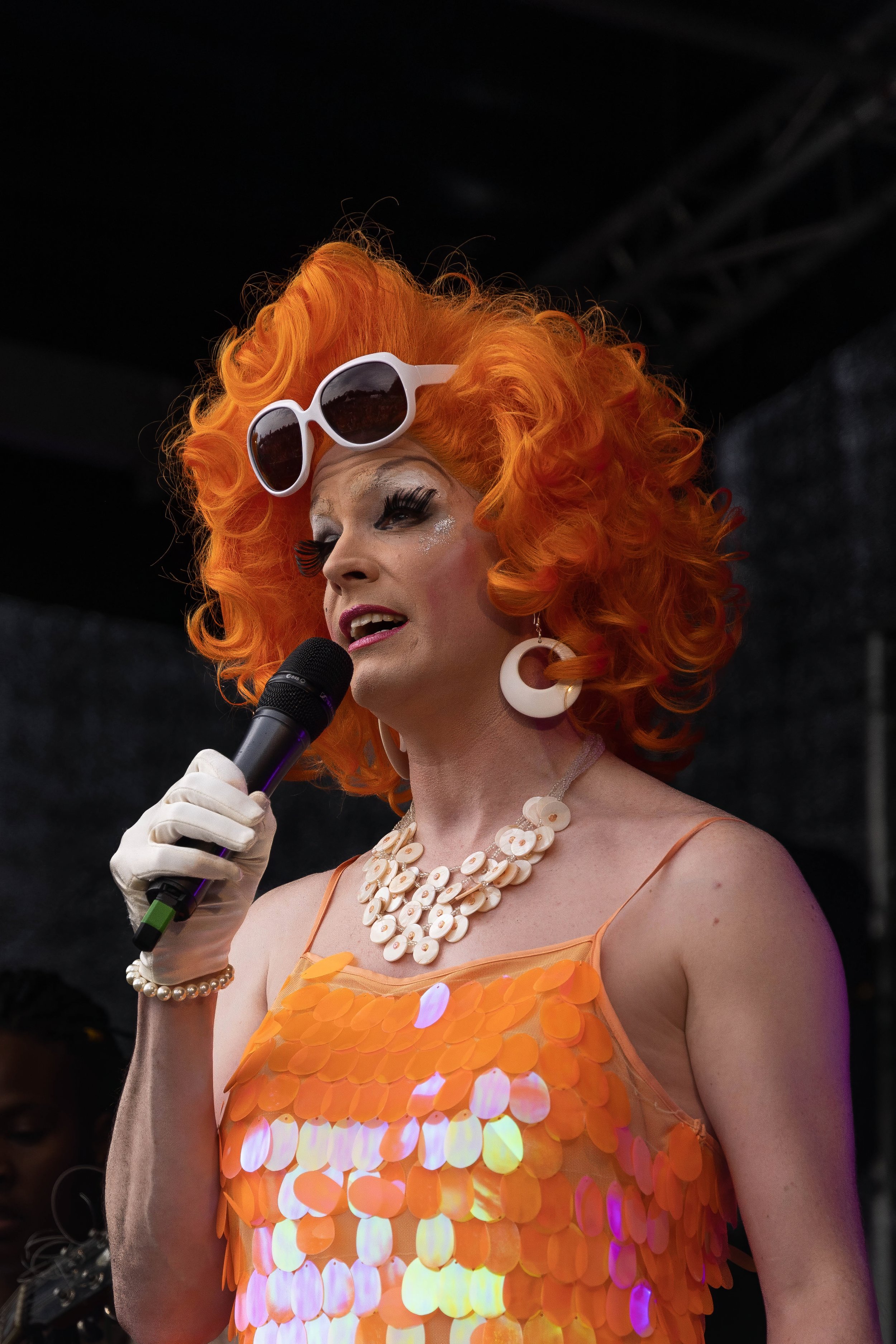
Titania Trust

Floss


Hmm… Turns out if you filter out all visible and IR light, you don’t have much light left (!) so it’s hard to get a high shutter speed or small aperture. These all employed a UV torch to help that. I was naively hoping for otherwise-invisible patterns to emerge but either I’m capturing the light wrong, or I’m misremembering something from my childhood about bees….
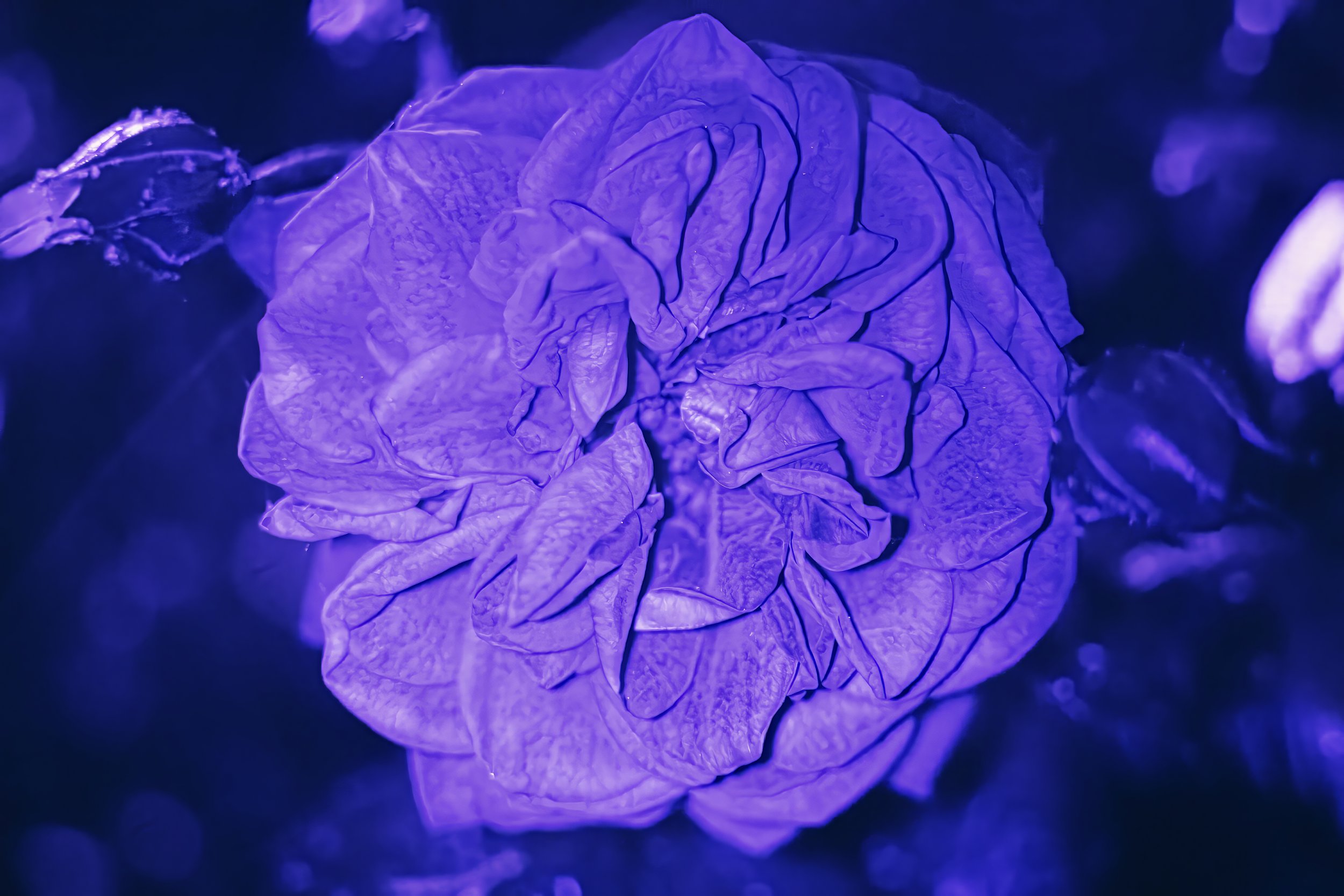
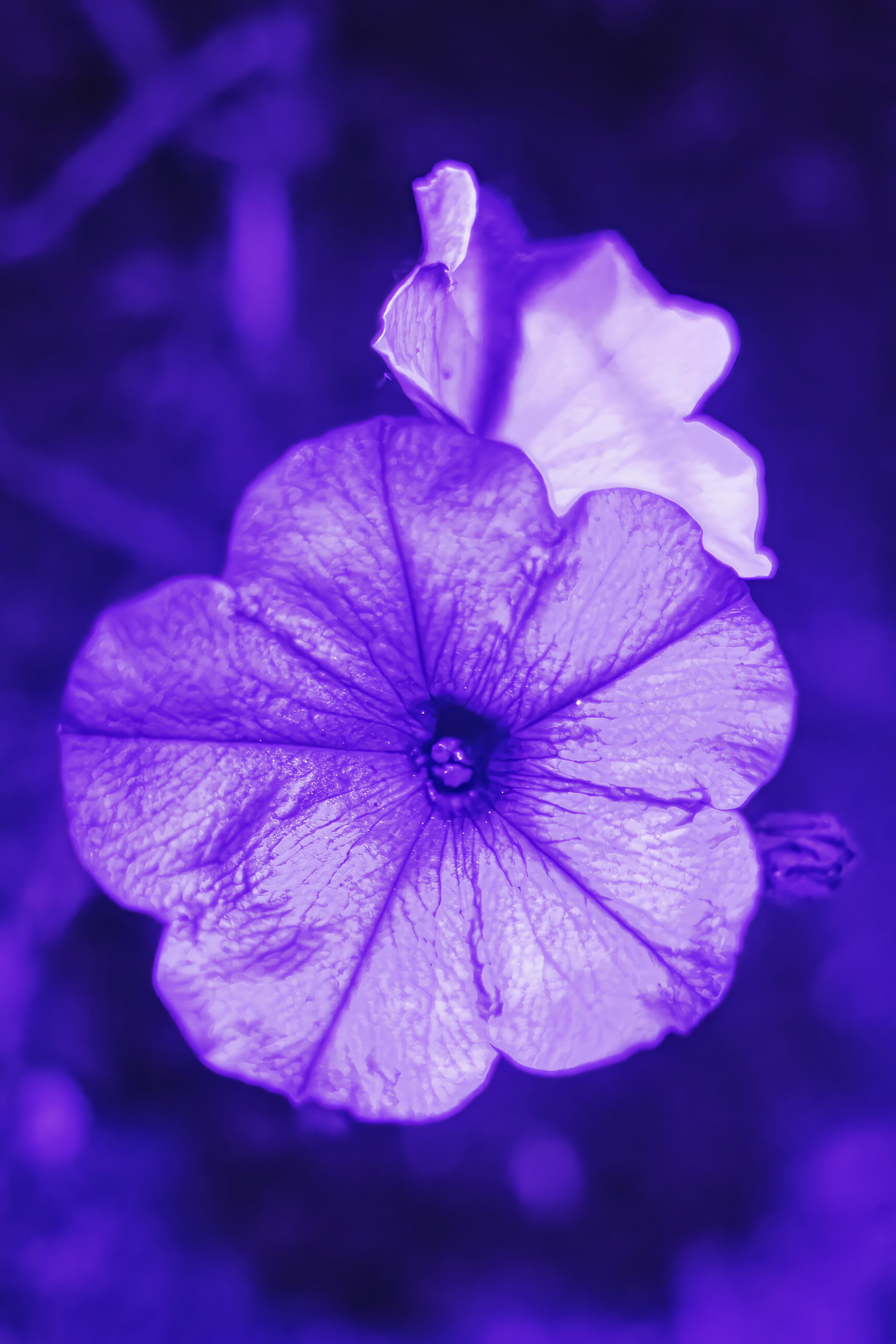
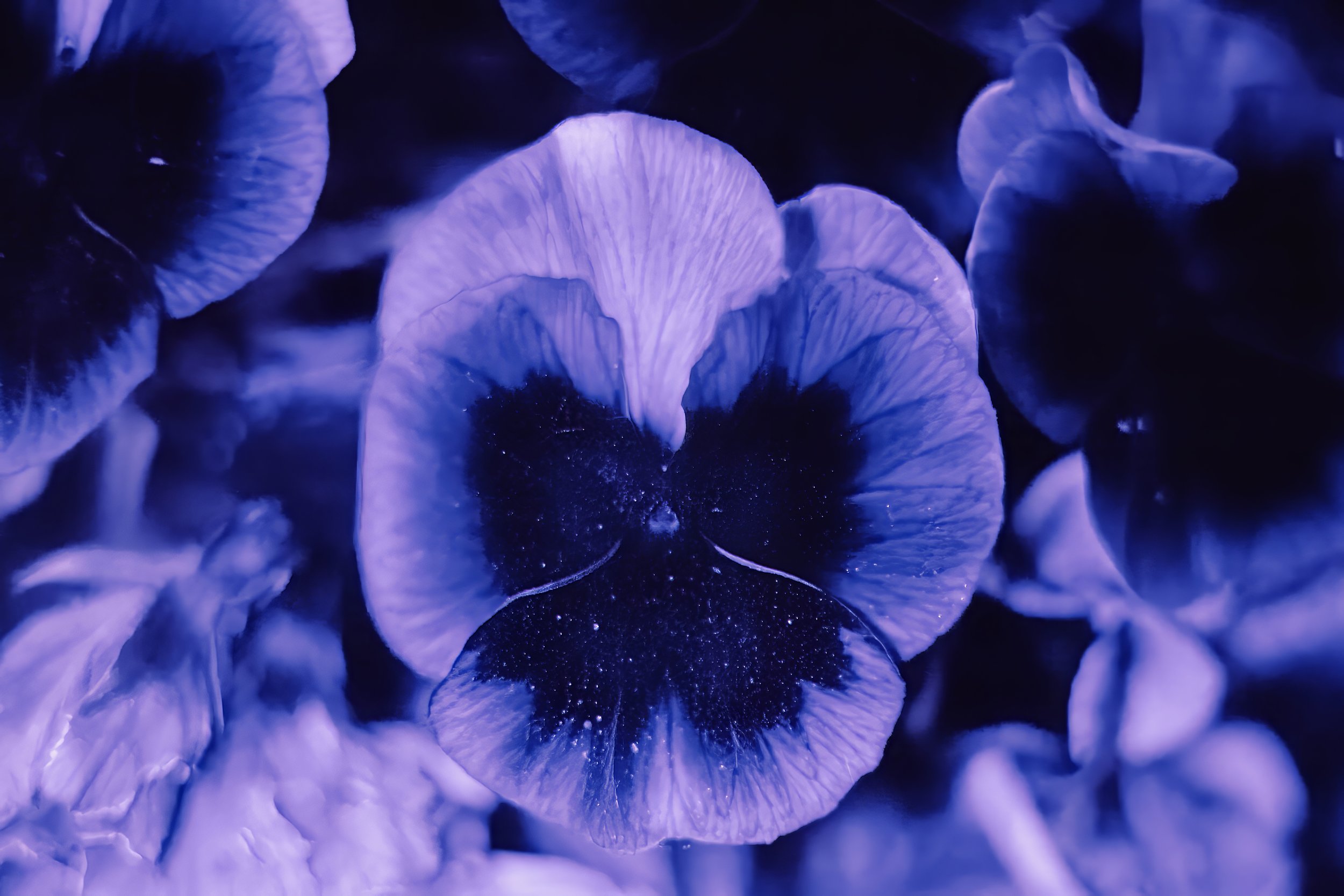

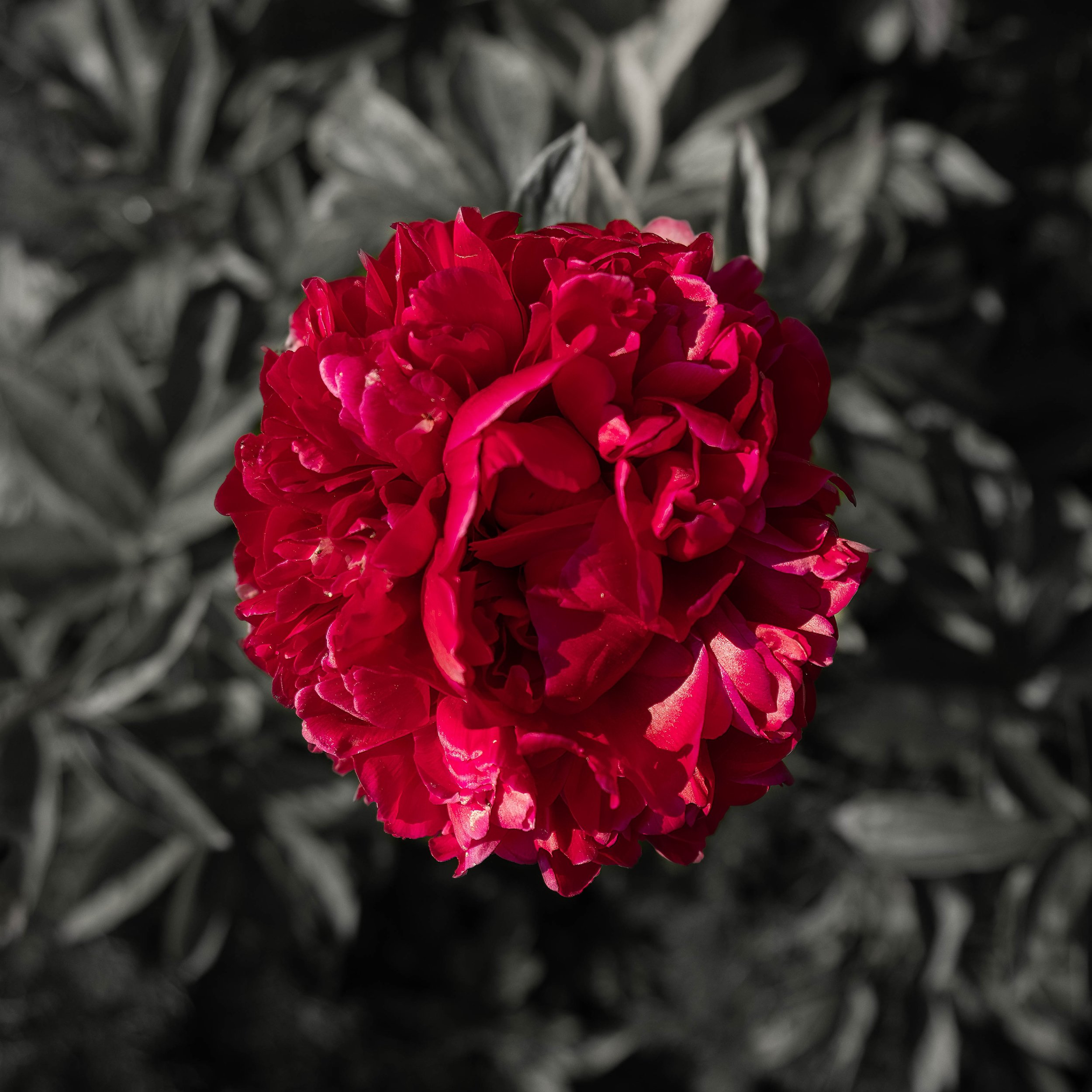
Not sure which of these I prefer…
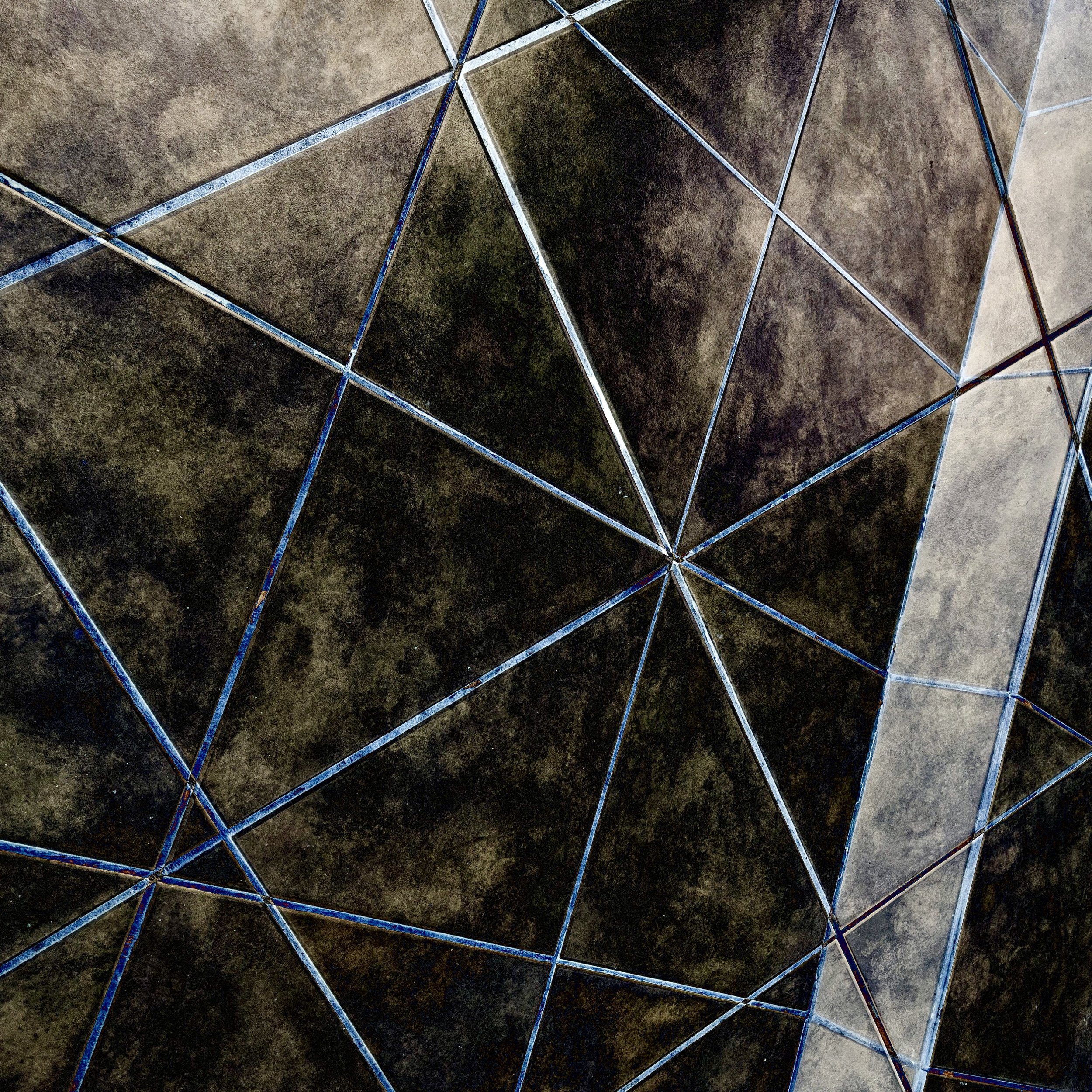

Hill Farm peonies

Meaning business

Excellent shoes
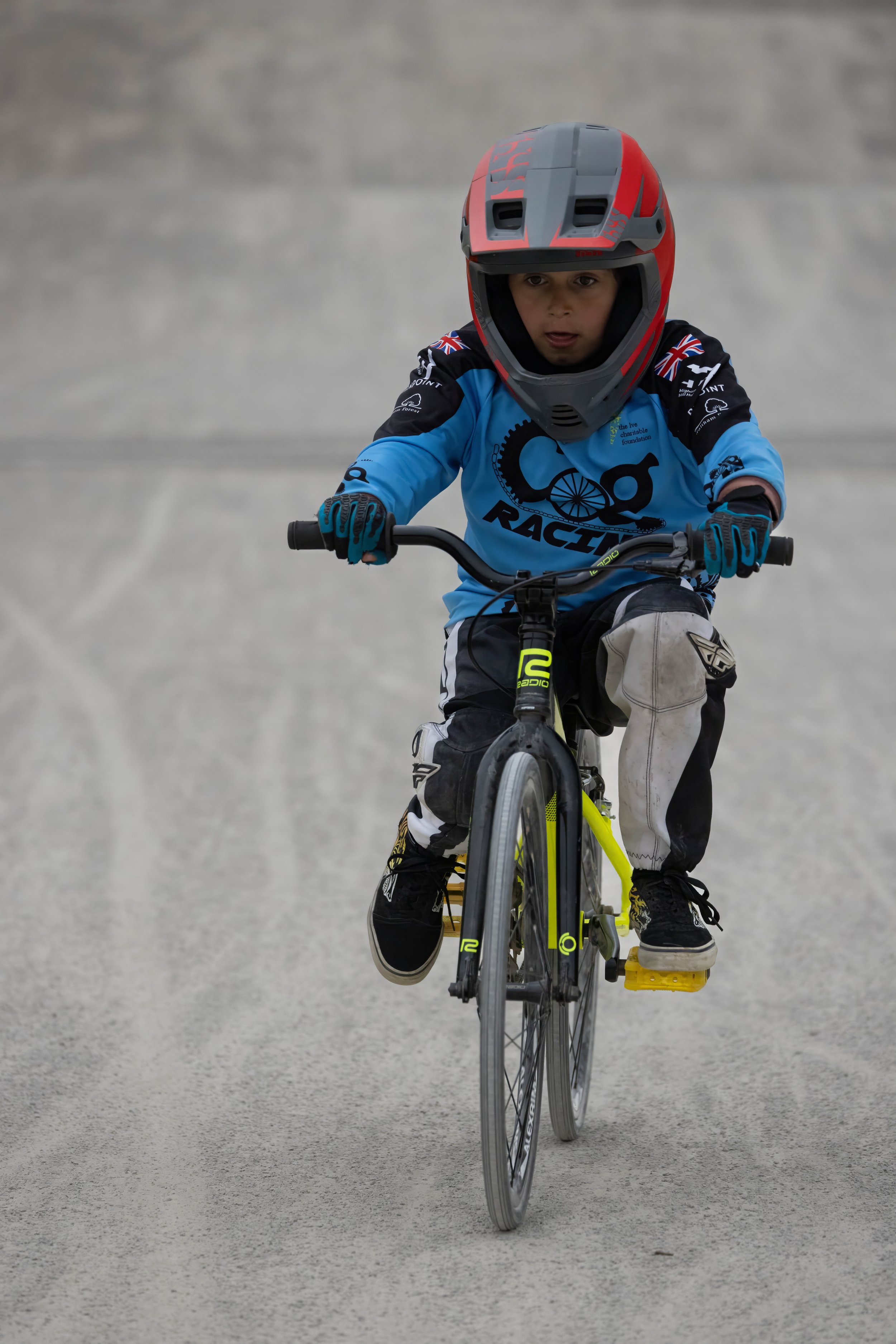

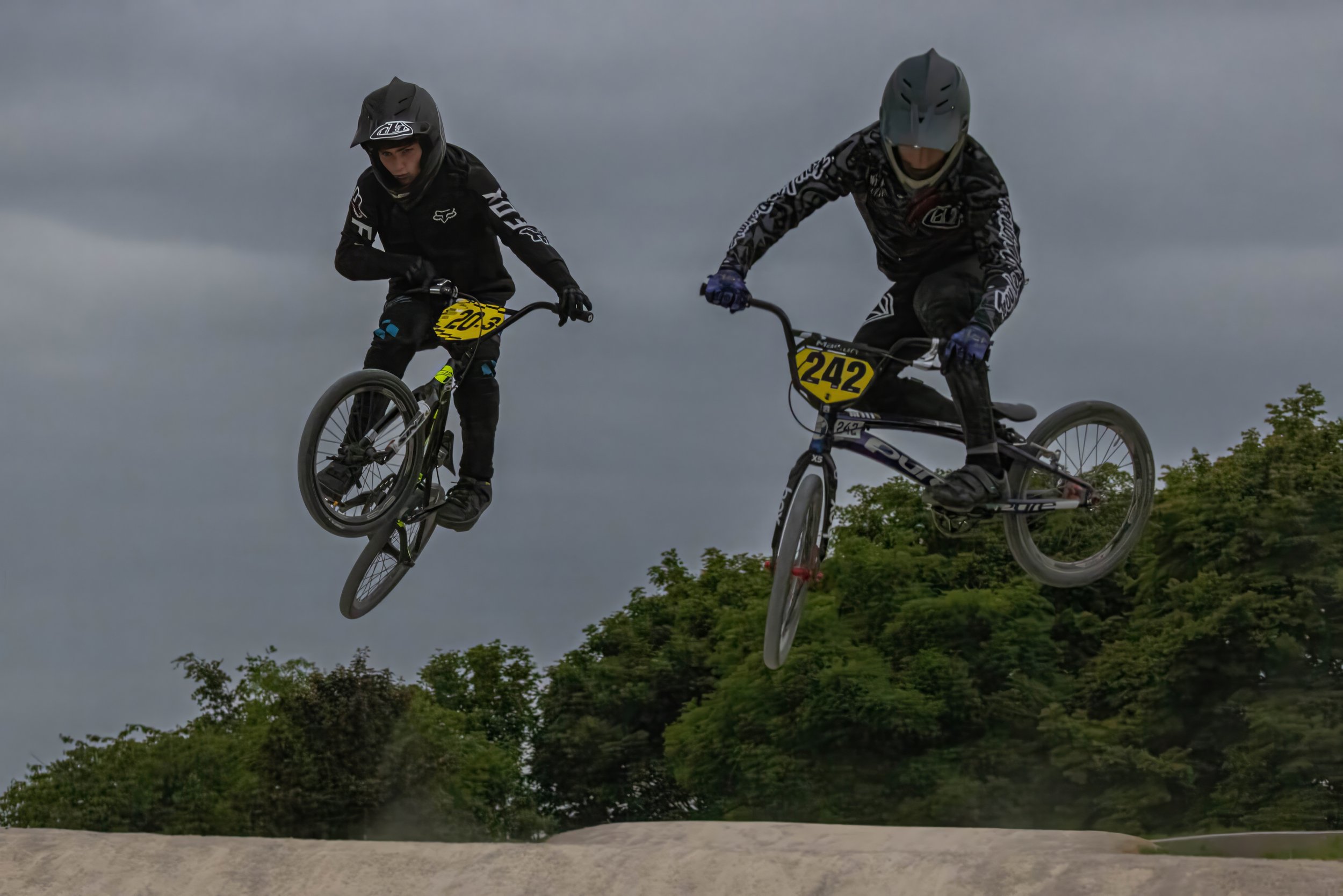
Barely rescued from the gloom
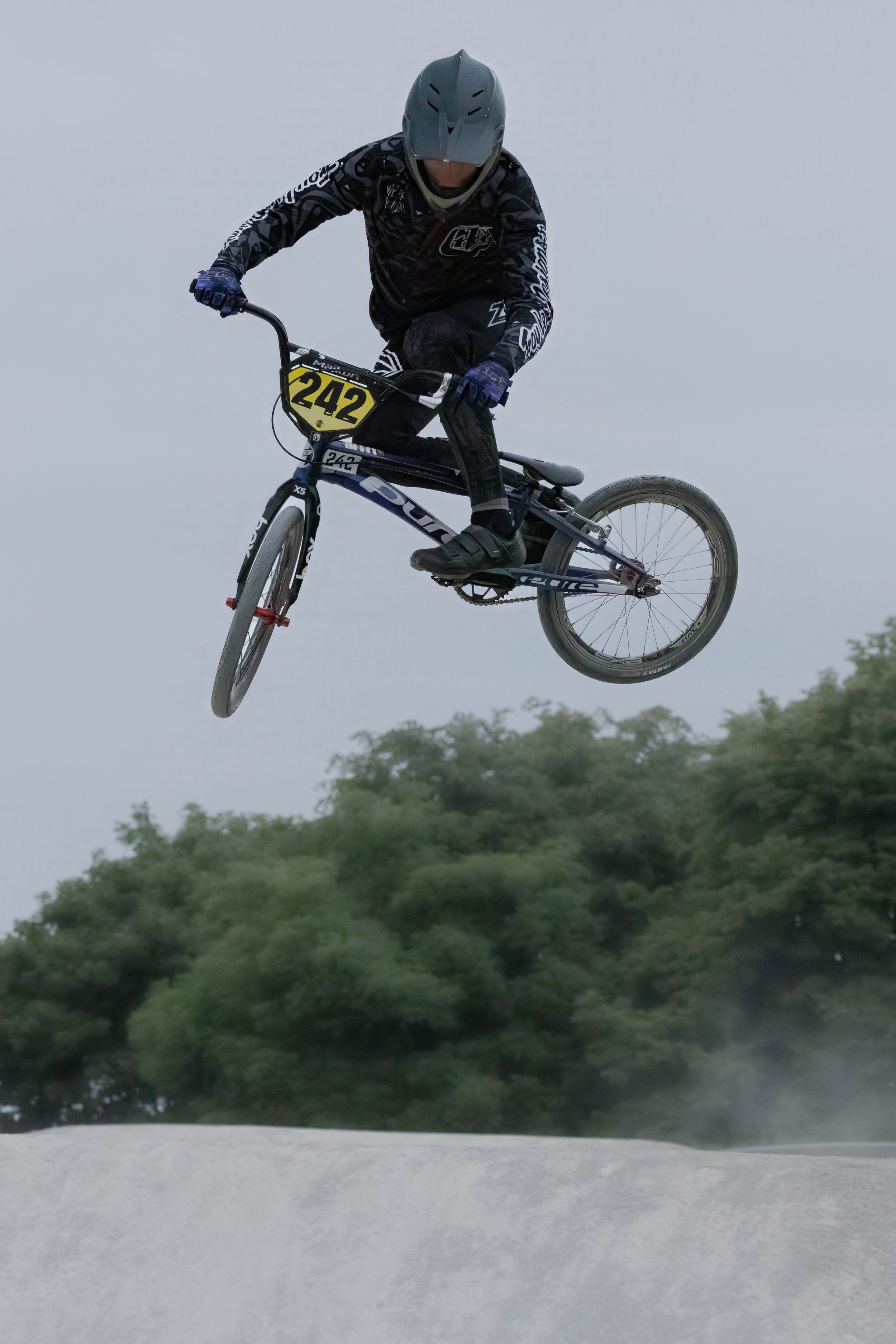
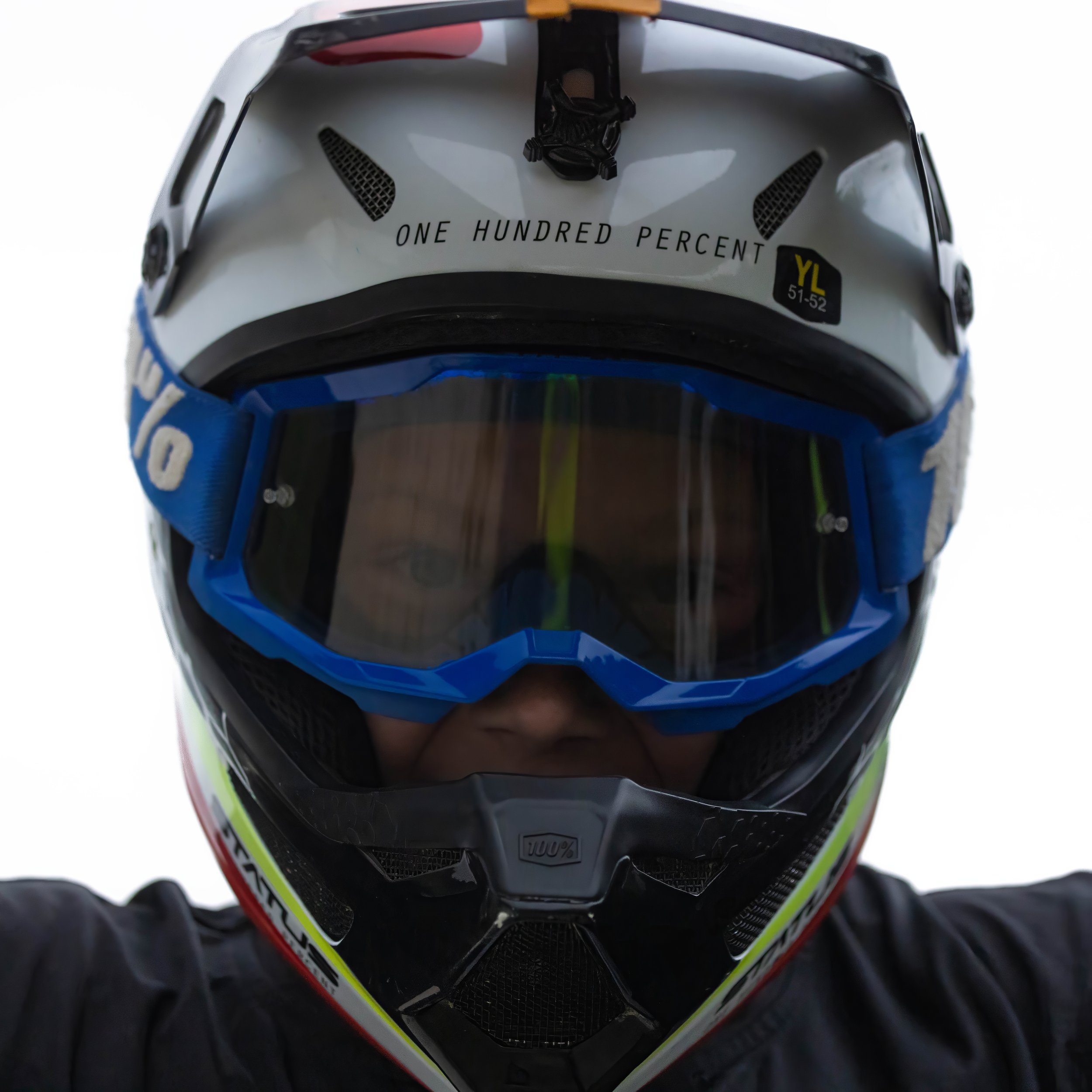
YAAAH!

I cannot decide if large-aperture multi-focus stacking creates a different image from a single smaller-aperture exposure (all other things being equal). My impression is that it creates a feeling of looking at a painted work (traditionally all parts in minute focus) that I do not feel with a straightforward large depth of field…

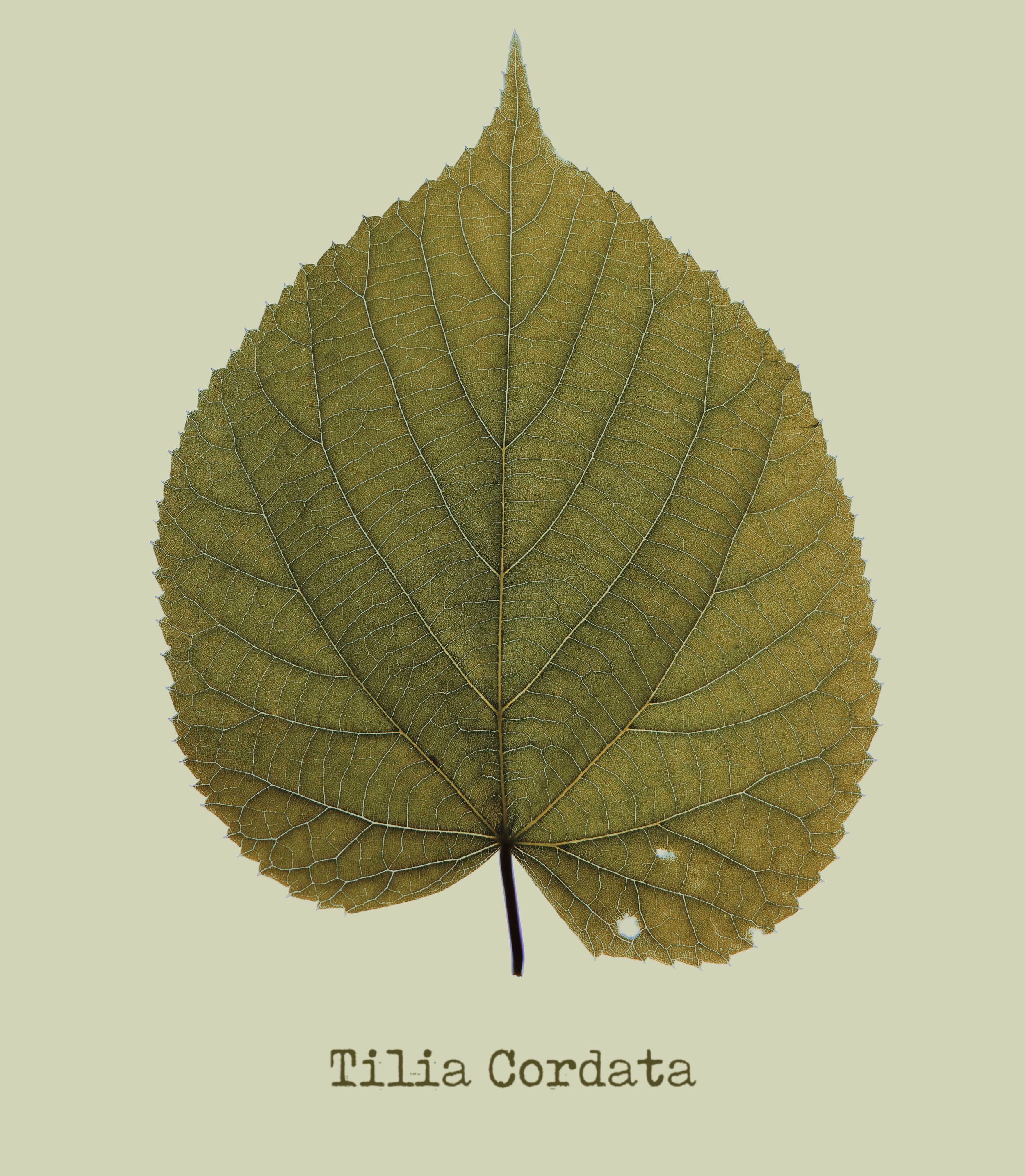


Laidlaw Music Centre
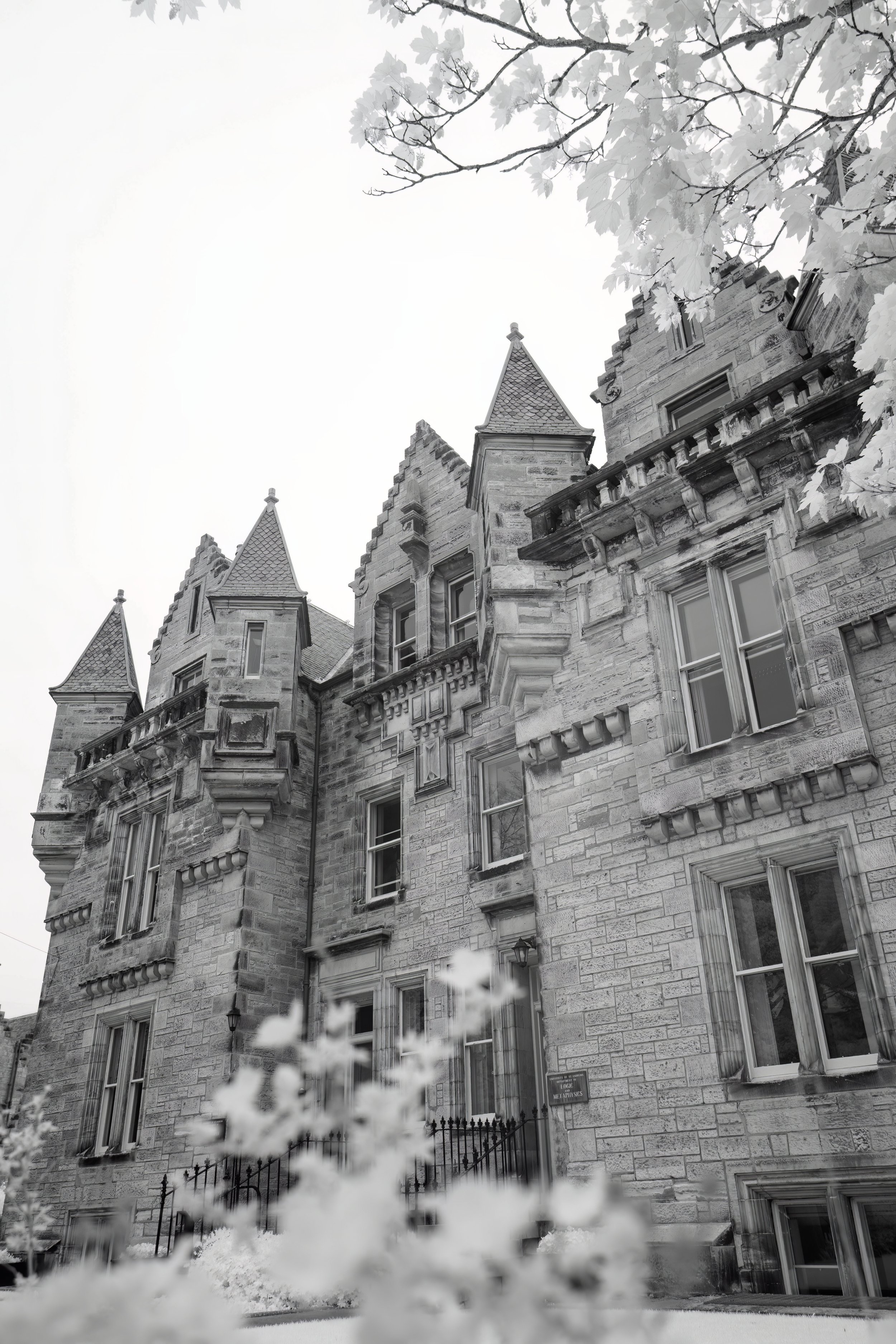
Edgecliff

Castle

South Castle Street


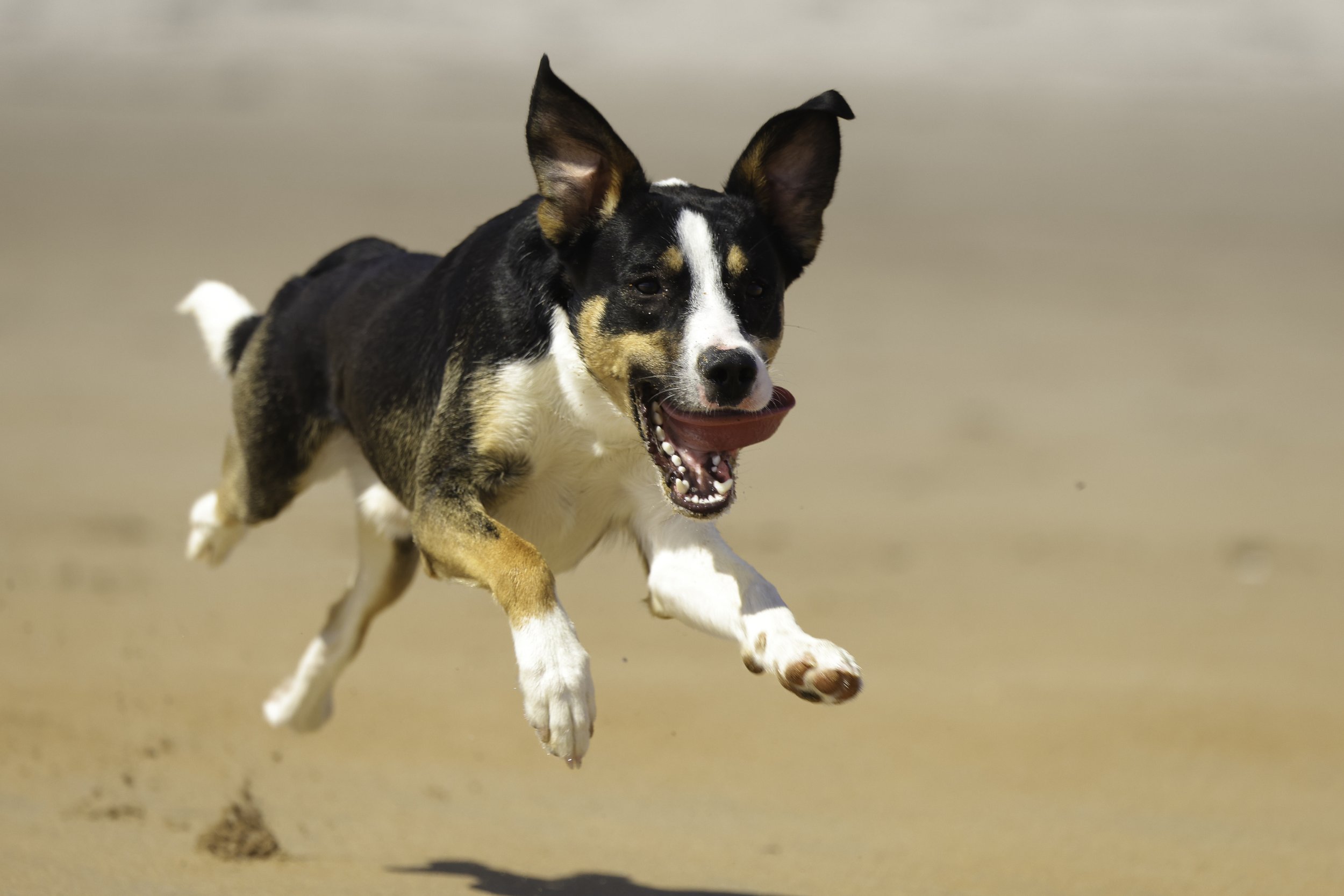
10-month old Oscar was in his happy place chasing tennis balls on the East Sands.
Letting light in on magic… This looked a bit flat, but then I applied a linear gradient mask to the background and desaturated the distance, very satisfyingly giving it more depth.
